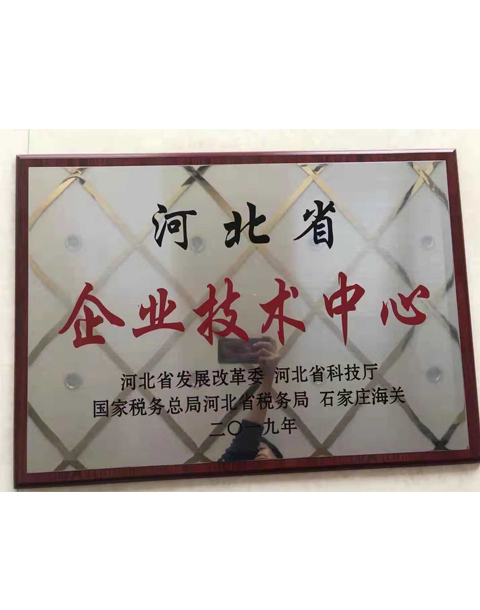Design and Functionality of a Linear Shaft Seal for Enhanced Performance
Understanding Linear Shaft Seals Importance and Applications
Linear shaft seals, often referred to as linear seals or linear motion seals, play a crucial role in various mechanical systems. They are designed to prevent the leakage of fluids and contaminants along the shafts of moving machinery. As industries continue to evolve and machinery becomes more complex, the demand for efficient and reliable sealing solutions has increased significantly.
What Are Linear Shaft Seals?
Linear shaft seals are specialized components that are used to seal the gaps between shafts and their housings. They are essential in applications where rotary or linear motion occurs, particularly in hydraulic and pneumatic cylinders, gearboxes, and various industrial machinery. The primary function of these seals is to prevent the ingress of dust, dirt, and moisture while keeping lubricants contained within the system. This ensures optimal performance, reduces wear, and extends the lifespan of the machinery.
Key Components and Materials
The design of linear shaft seals usually consists of several key components
1. Seal Body This is the primary structure of the seal that fits into the housing. It is made from high-quality materials that ensure durability and resistance to wear and tear.
2. Lip The sealing lip is the part that makes contact with the shaft. It is often made from flexible materials like rubber or elastomers that can withstand various temperatures and pressures.
3. Garner Spring Many linear shaft seals include a spring that exerts pressure against the lip to maintain contact with the shaft. This is crucial for ensuring that the seal remains effective, even under varying operational conditions.
The materials used for manufacturing linear shaft seals vary depending on the specific application requirements. Common materials include nitrile rubber (NBR), fluorocarbon (FKM), and silicone for high-temperature applications. The choice of material affects the seal's compatibility with different fluids, its ability to withstand chemical exposure, and its overall durability.
linear shaft seal

Applications of Linear Shaft Seals
Linear shaft seals are utilized across a multitude of industries. Some of the most common applications include
1. Automotive Industry In vehicles, linear shaft seals are found in transmissions and engines, preventing oil leaks and ensuring that lubricants remain contained within these systems.
2. Manufacturing Machinery Industrial machines, including CNC machines and hydraulic presses, rely on linear shaft seals to maintain the integrity of hydraulic fluids and protect against contamination.
3. Aerospace In aircraft, where reliability and safety are paramount, linear seals help maintain pressure and prevent fluid leakage in various systems, including flight control mechanisms.
4. Robotics In robotic applications, linear shaft seals protect sensitive components from dust and moisture, ensuring smoother operation and longevity.
Importance of Maintenance
To ensure the longevity and effectiveness of linear shaft seals, regular maintenance is crucial. This includes inspecting the seals for wear and tear, replacing them as needed, and ensuring that they are compatible with the fluids in use. Proper installation is also critical; seals must be fitted correctly to prevent premature failure and leaks.
Conclusion
Linear shaft seals are a vital component of many mechanical systems, ensuring that machinery operates efficiently and reliably. Their ability to prevent leaks and contamination plays a significant role in the maintenance and performance of various industrial and automotive applications. As technology evolves, the design and materials used in linear shaft seals will continue to improve, further enhancing their function and effectiveness in modern machinery. Investing in high-quality seals and maintaining them properly will ultimately lead to reduced downtime, lower maintenance costs, and increased productivity.
-
Understanding Cassette Seals: A Durable Solution for Oil and Dirt Protection
News Apr.30,2025
-
Understanding and Maintaining the Polaris Ranger Front Differential
News Apr.30,2025
-
Understanding and Maintaining the Polaris Front Differential
News Apr.30,2025
-
Understanding and Maintaining the Crank Oil Seal for Engine Efficiency
News Apr.30,2025
-
Heavy Duty Seals: Durable Solutions for Home, Industrial, And Commercial Use
News Apr.30,2025
-
Auto Oil Seals: Protecting Your Engine from Leaks and Contamination
News Apr.30,2025
-
Essential Tools and Kits Every Car Owner Should Have
News Apr.29,2025
Products categories















